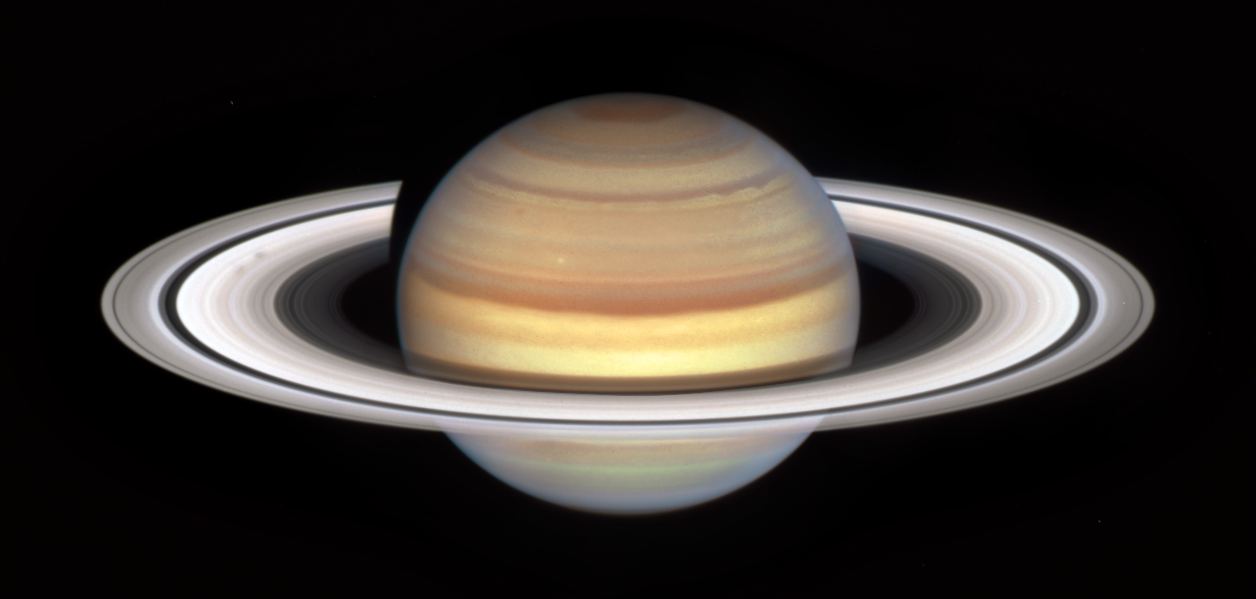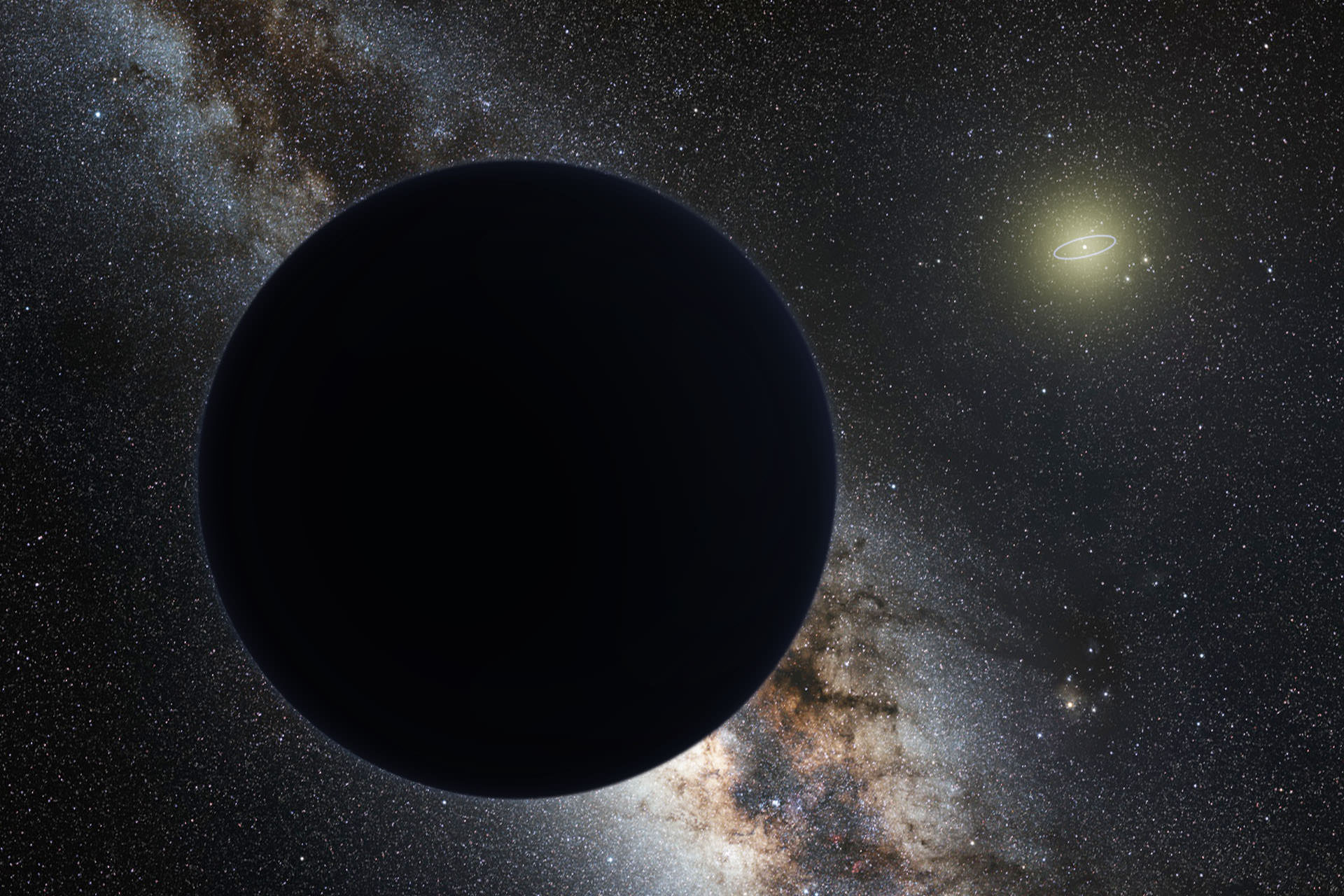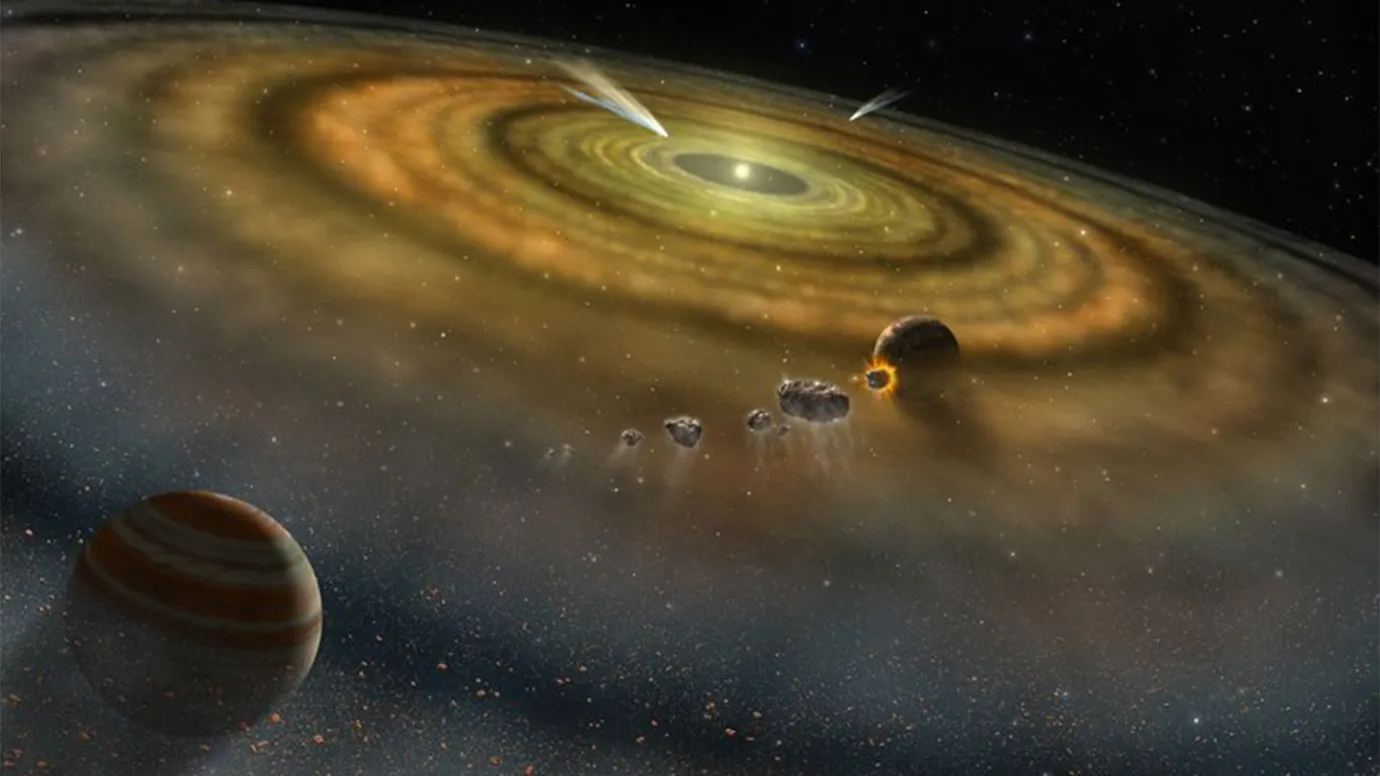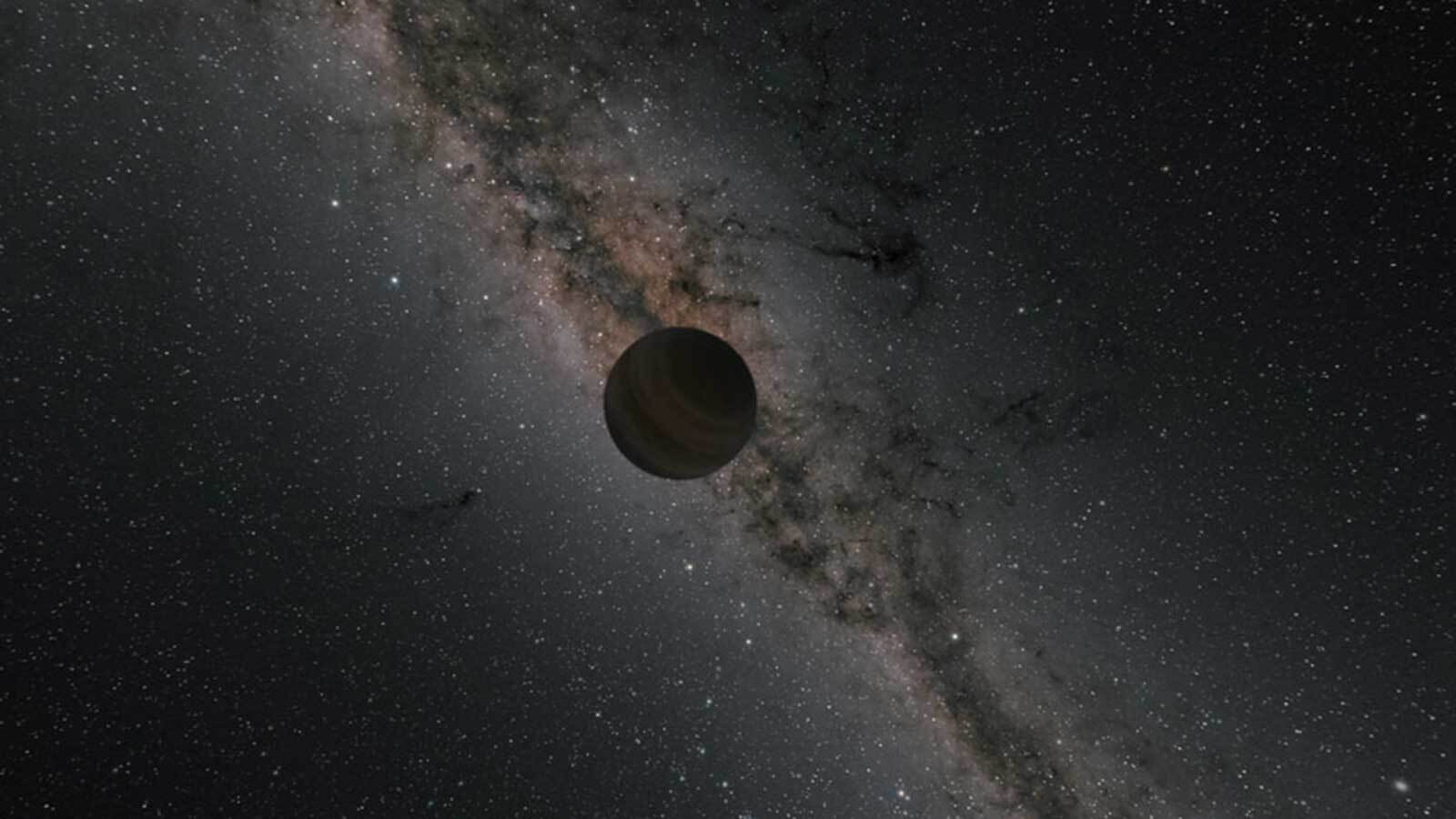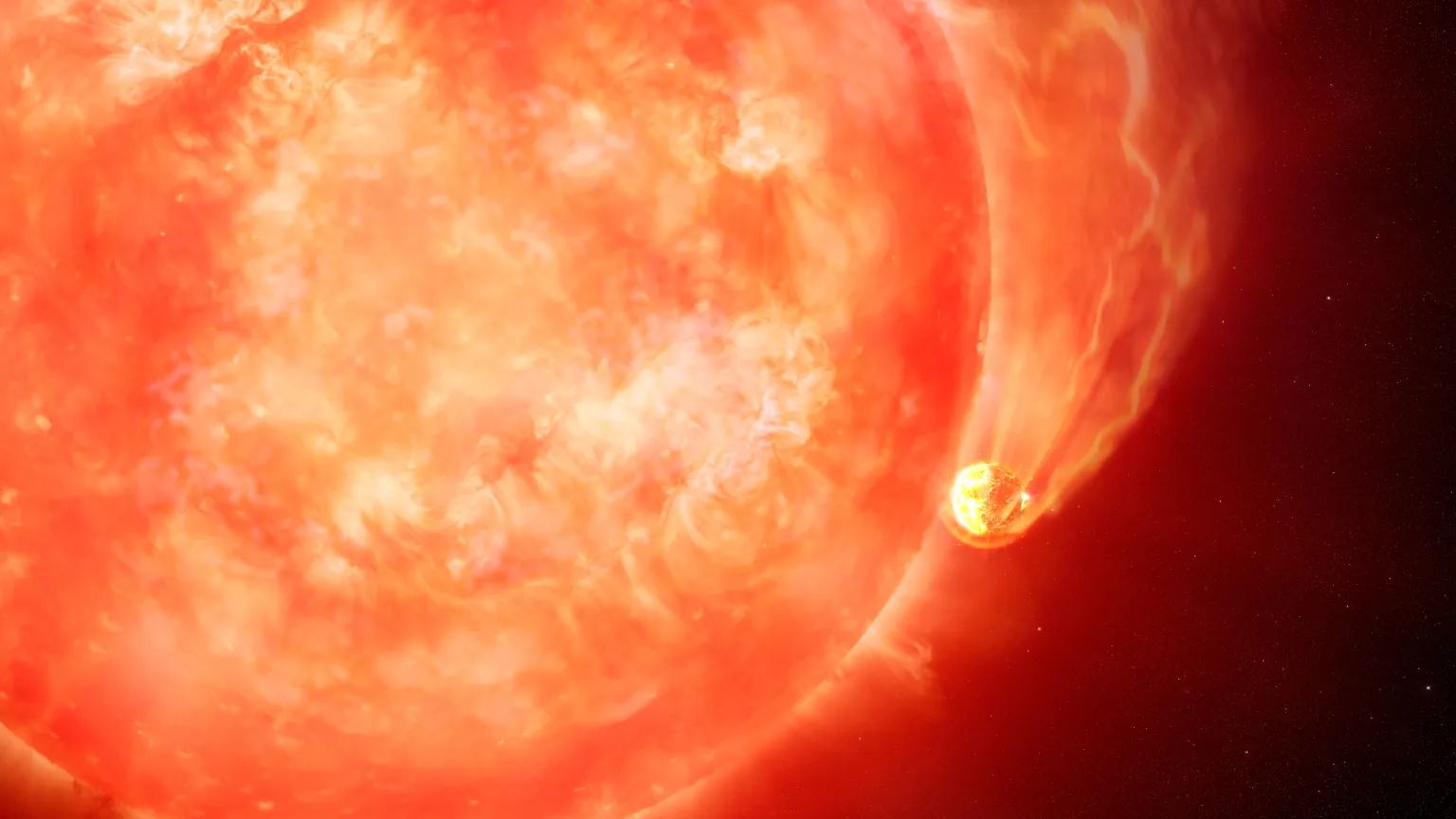If the modern age of astronomy could be summarized in a few words, it would probably be “the age of shifting paradigms.” Thanks to next-generation telescopes, instruments, and machine learning, astronomers are conducting deeper investigations into cosmological mysteries, making discoveries, and shattering preconceived notions. This includes how systems of planets form around new stars, which scientists have traditionally explained using the Nebular Hypothesis. This theory states that star systems form from clouds of gas and dust (nebulae) that experience gravitational collapse, creating a new star.
The remaining gas and dust then settle into a protoplanetary disk around the new star, which gradually coalesces to create planets. Naturally, astronomers theorize that the composition of the planets would match that of the disk itself. However, when examining a still-developing exoplanet in a distant star system, a team of astronomers uncovered a mismatch between the gases in the planet’s atmosphere and those within the disk. These findings indicate that the relationship between a protoplanetary disk and the planets they form might be more complicated.
Continue reading “A Young Exoplanet's Atmosphere Doesn't Match its Birthplace”

